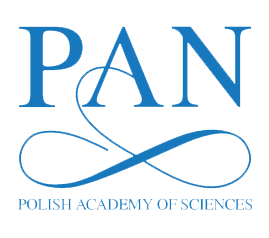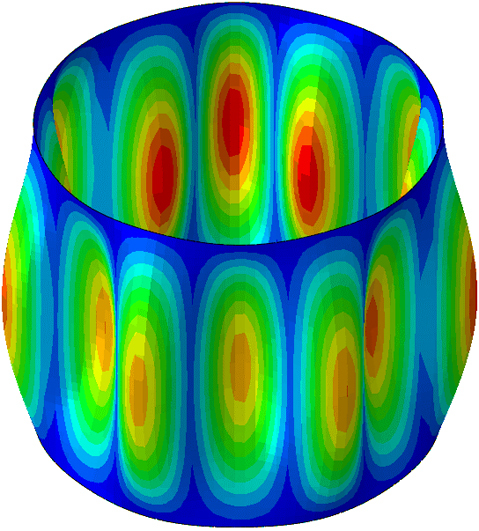Corrosion models of a mounded horizontal pressure vessel in a probabilistic approach
1
Wydział inżynierii Lądowej i Środowiska, Politechnika Gdańska, Poland
These authors had equal contribution to this work
Submission date: 2024-06-23
Acceptance date: 2024-09-10
Publication date: 2025-09-16
Corresponding author
Mateusz Sondej
Wydział inżynierii Lądowej i Środowiska, Politechnika Gdańska, Gabriela Narutowicza 11/12, 80-233, Gdańsk, Poland
Wydział inżynierii Lądowej i Środowiska, Politechnika Gdańska, Gabriela Narutowicza 11/12, 80-233, Gdańsk, Poland
Archives of Civil Engineering 2025;71(3):431-445
KEYWORDS
TOPICS
ABSTRACT
The computations of fuel tanks are bound to cover uncertainties related to geometric and material imperfections, post-welding stresses, non-uniform settlement, and shell degradation due to corrosion. The paper compares four different methods of tank corrosion description: a uniform reduction of the sheet thickness of the entire shell, degradation described by an angle correlated with its partial fuel filling, corrosion patterns defined by appropriately selected trigonometric functions, and an advanced non-homogeneous model using theoretical random fields. All corrosion patterns were numerically investigated to identify their impact on structural response. The computations were carried out for a simplified numerical model of a mounded horizontal pressure vessel. The Point Estimate Method (PEM) was used to estimate the mean value and standard deviation of the shell critical force. The probabilistic approach allows to assess structural reliability and makes it possible to optimize the structure. It has been shown that the optimal variant of corrosion description, easy for engineering applications, is the uniform reduction of the shell thickness.
We process personal data collected when visiting the website. The function of obtaining information about users and their behavior is carried out by voluntarily entered information in forms and saving cookies in end devices. Data, including cookies, are used to provide services, improve the user experience and to analyze the traffic in accordance with the Privacy policy. Data are also collected and processed by Google Analytics tool (more).
You can change cookies settings in your browser. Restricted use of cookies in the browser configuration may affect some functionalities of the website.
You can change cookies settings in your browser. Restricted use of cookies in the browser configuration may affect some functionalities of the website.




